Olympic mascots ranked from most- to least-horrifying
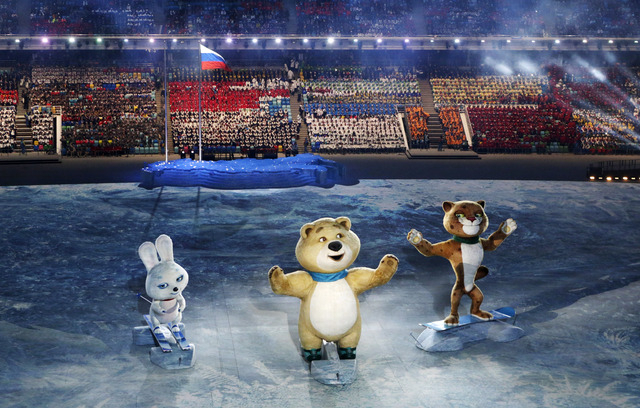
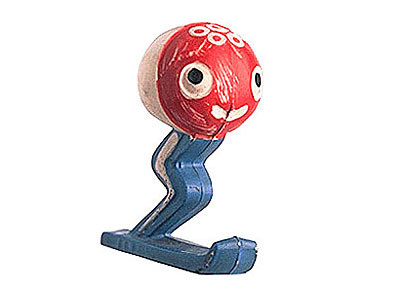
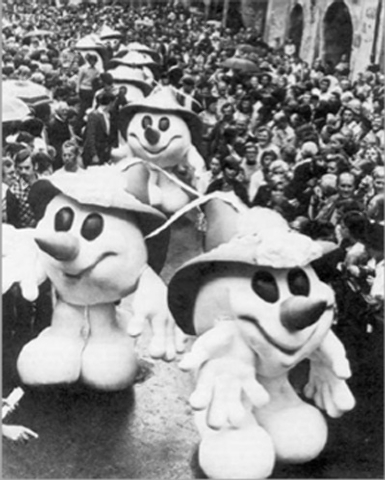

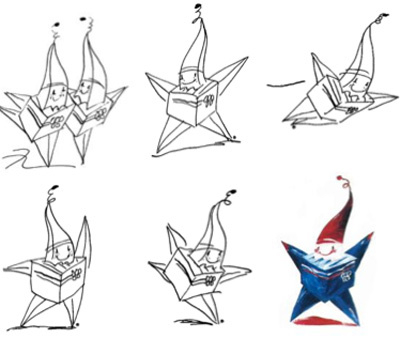
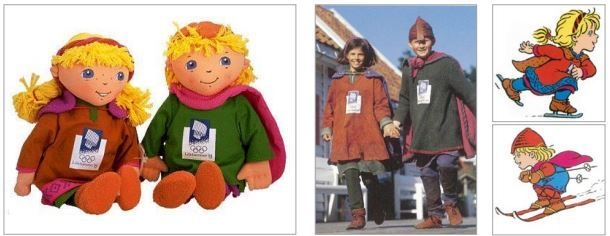
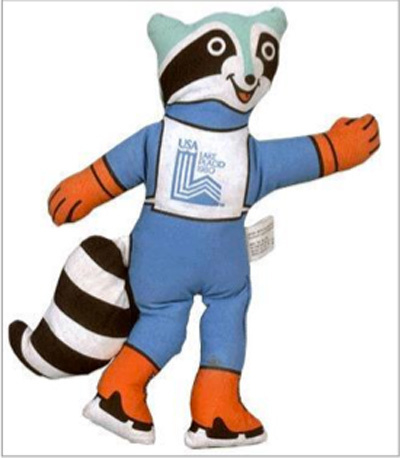
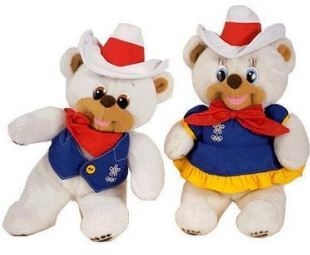

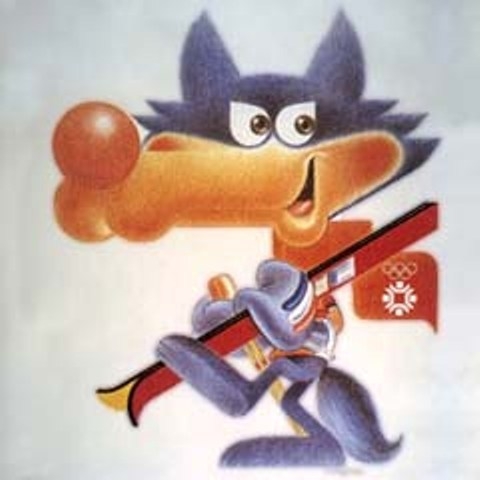

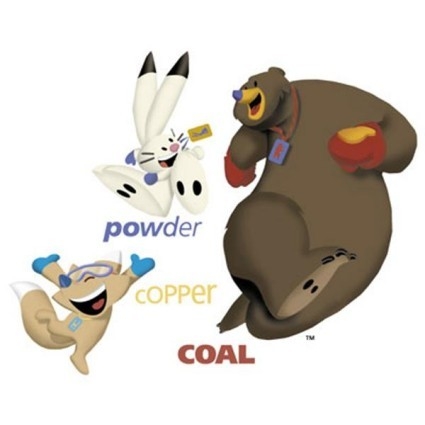
Let’s be real. Most Olympic mascots are just not that good. Some are even the stuff of nightmares, starting with the first Olympic mascot of any kind at Grenoble in 1968. Rather than choose the worst of the worst, we decided to rank the mascots from worst to best:
12. Schuss, 1968, Grenoble
I wish I could give Olympic organizers a bit of leeway with Schuss — after all, it was the first Olympic mascot and was technically “unofficial” — but Schuss is truly horrifying. At best, Schuss looks like a ball of bacon on a squiggle. At worst, he looks like an internal organ with googly eyes glued on. Either way, Schuss isn’t something you want to run into in a dark alley (unless you’re hungry for bacon).
11. Schneemann, 1976, Innsbruck
Schneemann wins the award for mascot that most vaguely resembles its name (“schneemann” is German for snowman). But schneemann would be more accurate if it meant “terrifying death snowball.” Schneemann looked like what would have happened if the Jack in the Box mascot and Jack Frost had a little too much to drink one night and decided the world could use another big-headed nightmare. I’ll pass.
10. Neve and Gliz, 2006, Turin
Neve and Gliz are allegedly a snowball and an ice cube, respectively, but we all know they’re just marshmallows masquerading as igloo-building materials. They’re supposed to “personify winter sports,” according to the IOC (where “winter sports” = “things you would like to put in hot cocoa”). Incredibly, Italy took a full three years to settle on a couple of the most mediocre mascots that have ever existed at any level.
9. Magique, 1992, Albertville
Magique is described as “a little imp in the shape of a star and a cube.” The star shape is supposed to symbolize dreams and imagination, but actually symbolizes the Japanese throwing star. Organizers didn’t even bother trying to explain what the cube was supposed to represent, because whose horrible idea was this?
8. Haakon and Kristin, 1994, Lillehammer
They’re humans. It’s just weird. Why are they human? Aren’t mascots supposed to be cute little creatures that can be made into short cartoons and marketed as your child’s new favorite pet? Not only were Haakon and Kristin human, but they were human children who had strong opinions on environmentalism, which was an interesting twist for an Olympic mascot. The stuffed versions left something to be desired and the real-life versions were basically just humans dressed up like mascots that are pretend humans. What kind of photo op is that?
7. Roni, 1980, Lake Placid
Roni the Raccoon is the kind of hot mess that happens when your date to a fancy event cancels at the last minute and you have to make due with your 40-year-old cousin who still shoots milk out of his nose. Roni came to be not because she was wanted, but because the real Lake Placid mascot, Rocky the Raccoon, was an actual living animal and died right before the Olympics.
6. Hidy and Howdy, 1988, Calgary
Hidy and Howdy were that couple that you invite to your dinner party out of obligation because they were the first married couple you met, even though they smell kind of funny and drink all of your beer before taking off their pants and doing their best cowboy impression. (Seriously, though, what’s with cartoon characters always needing shirts but never wearing pants?)
5. Snowlets, 1998, Nagano
Perhaps the most incredible fact about the Snowlets is that the agency that created them also had a hand in creating the perennial favorites for the best mascots award: 2002’s Powder, Coal and Copper. The Snowlets, by contrast, are commonly put somewhere between “horrifying” and “awesome” on Olympic mascot ranking lists, in the gray area commonly referred to as “mediocre.” They’re not scary, but they’re also not very exciting. They just exist.
4. Hare, Polar Bear and Leopard, 2014, Sochi
Sochi couldn’t even bother to name its mascots. They just have to wander around hoping they don’t turn around when someone yelling “polar bear” isn’t actually talking to them. Name issues aside, they’re decent choices for animals, and the only reason they didn’t rank higher on the list is because everyone is terrified of the real-life Polar Bear. It’s called “Nightmare Bear” for a reason.
3. Vucko, 1984, Sarajevo
Vucko is your friendly neighborhood wolf who’s welcome over anytime, but whose smirk leaves you wondering if he went through your medicine cabinet when he went to the bathroom. He beat out a mountain goat, a weasel, a lamb and a hedgehog to become the Sarajevo mascot, but his biggest accomplishment might be preventing another snowball from becoming an Olympic mascot.
2. Quatchi and Miga, 2010, Vancouver
Quatchi and Miga are good mascots, as long as we’re only judging their animated selves. Not only are they both imaginary — a sasquatch and a sea bear — but they’re just downright cute. The stuffed-animal versions are iffy (Quatchi is basically just a ball of fur with eyes), but overall, they’re the kind of mascots you’d bring home for dinner and not be afraid of what your parents would think.
1. Powder, Coal and Copper, 2002, Salt Lake City
Powder, Coal and Copper win the mascot race for being adorable in real life and as cartoons. The hare, coyote and black bear represent the Olympic motto: Citius, Altius, Fortius (faster, higher, stronger). The stuffed animal versions of the mascots are entirely legit for toddlers’ sleeping purposes, and the animated ones are the most enthusiastic creatures you’ve ever seen — and they’re not even Disney characters.
Contact Stephanie Grimes at sgrimes@reviewjournal.com. Find her on Twitter: @steph_grimes












